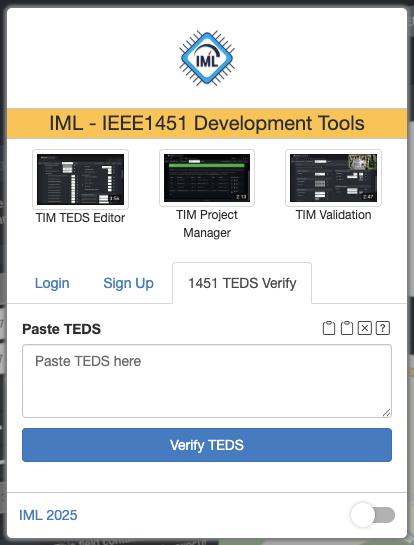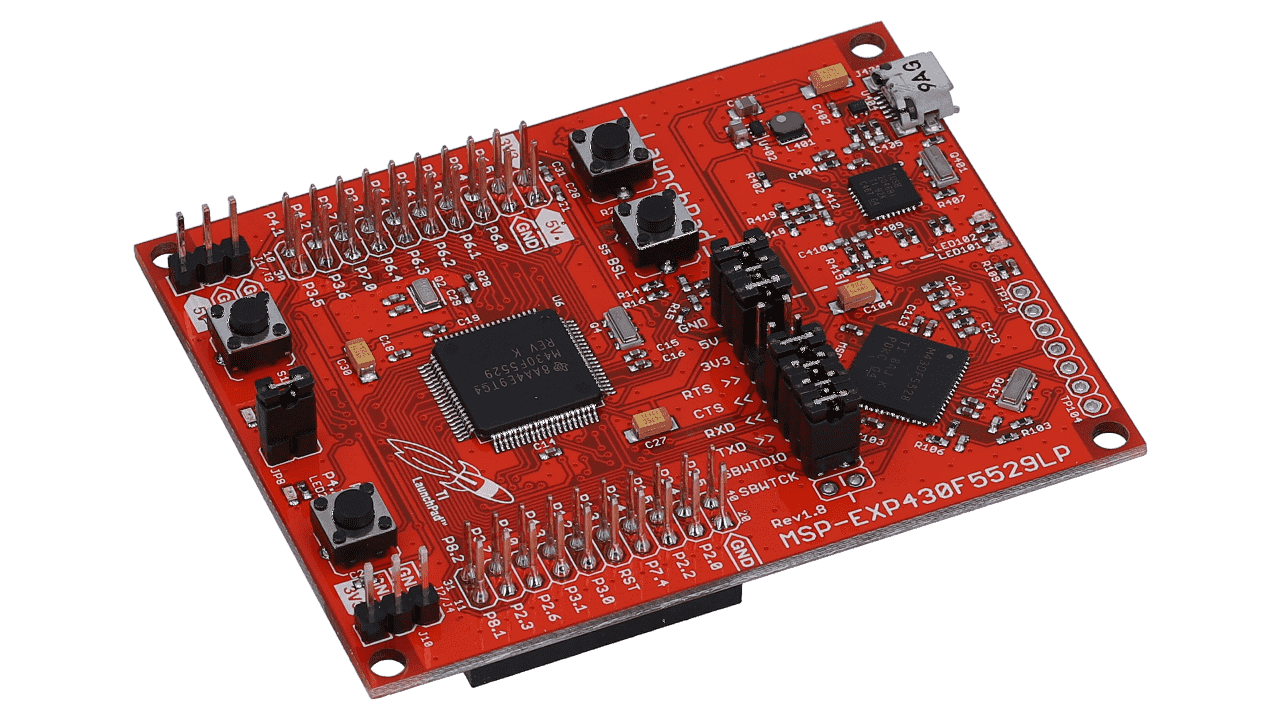Tutorial Organization and Structure
IEEE 1451 Hands-on-Lab event
Presentation
The development of new devices observing standards ensures their integration and interoperability with other devices in the same ecosystem. The IEEE1451 family of standards comprises a diversity of standards that contribute to transducers’ integration in the network. The standard defines two different elements of the network: the Network Capable Processor that connects to the users’ network and the Transducers Interface Module (TIM) that implements the smart sensor. A set of Transducers Electronic Data Sheets (TEDS) describe the transducer in the network, allowing an NCAP to discover and associate a transducer to the network automatically. These functionalities respond to today’s needs imposed by the Internet of Things and Cyber-Physical Systems.
The event meets the needs of two groups: Professionals who develop smart transducers, professors, and students from academia. The one-day hands-on event offers a theoretical introduction followed by a laboratory experiment where participants can get in touch with the internal structure of a device under development according to the IEEE1451 standard. Device validation tasks will be done to verify compatibility with a standard using online tools.
Conceptual background
Develop a one-day hands-on event directed to industry and academia training. The event has two different moments: first, it provides basic knowledge about IEEE 1451, and second, it allows attendees to explore an actual transducer implementation in a hands-on lab. Unlike the standards’ formal document, the contents present the standard in an instructive and informational format. The IEEE P21451-002 – “Recommended Practice for Low-Power Smart Transducers Applications Working Group” will be used as a case study.
The following topics are addressed:
- Introduction and Motivation
- IEEE 1451 Family Reference Model
- Transducer Electronic Data Sheets
- TIM TransducerChannels Structure and Organization
- TransducerChannels Attributes and operating modes
- Triggering, Synchronization and Status
- Message Structures and Commands TIM/NCAP
- How to use the IEEE 1451 in my product
Hands-on Application Lab
The laboratory explores the development of a TIM. A Low-Power Temperature Simple Smart Sensor’s source code is provided to be executed in a MSP430F5529 LaunchPad™ development kit for USB. First, the TIM internal structure is explored. Afterwards, the attendees will be guided in adding a new transducer channel. Connecting the TIM to the laptop through the serial port will allow to emulate the NCAP in the computer to send commands and receive the answer. The following online tools will be used: TIM TEDS Editor, TIM Project Editor and TIM Manager.

Support Documentation
- PowerPoint used in the two lectures
- TIM source code (MSP430 version)
- Access to online tools
- Laboratory protocol
Materials and Equipment

Prerequisites
Each attendee should have a laptop previously installed the following Code Composer Studio from Texas Instruments (free).

As an alternative it ca use the Code Composer Studio Cloud.

Previous Hand-on-Lab events
Following Hand-on-Lab event



